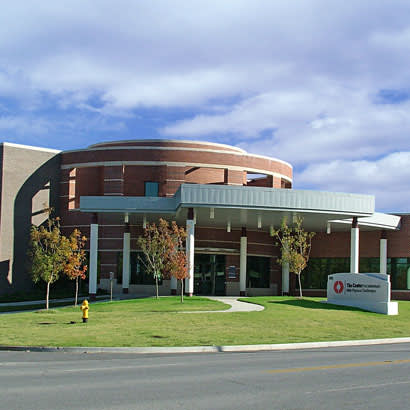
Challenges, successes and where to go from here
According to the American Therapeutic Recreation Association (ATRA), recreational therapy, also known as therapeutic recreation, is a systematic process that uses recreation and other activity-based interventions to address the assessed needs and goals of individuals dealing with illnesses and/or disabling conditions. It is a means to achieve psychological and physical health, recovery and well-being.
In our society, “recreation” implies an activity you do in your free time. Its association with recreational therapy often causes confusion about what recreational therapists do. In healthcare and community settings, they use recreation-based, leisure-based and activity-based interventions, among others, to change and improve an individual’s abilities and quality of life.
Why Does This Matter?
People are living longer, which has caused a shift in the demand on healthcare. As the population ages, individuals look for cost-effective ways to maintain their mental, physical and social abilities. While there is an increased demand for the service recreational therapists offer, the number of facilities prepared to offer this type of therapy is limited, often due to budgetary constraints and a lack of understanding about the benefits to individuals within the community.
This shift in healthcare demand combined with the fact that inpatient stays are getting shorter, highlights the need for community-based discharge sites where patients can continue their recovery and successfully reintegrate into the community. When individuals have a strong community-based setting to use after their discharge from the inpatient setting, the rate of rehospitalization dramatically decreases and their overall health, recovery and quality of life improves. Their ability to actively contribute or give back to the community also improves.
These developments demonstrate why it is important for community members — including those who could benefit from recreational therapy — to advocate for access through parks and recreation and nonprofit organizations, such as the Center for Individuals with Physical Challenges in Tulsa, Oklahoma and a new facility being planned by the Department of Parks and Recreation (DPR) in Washington, D.C.
NRPA has implemented Parks for Inclusion, an inclusion initiative to ensure all people have equal access to great parks. Seventy-four percent of park and recreation agencies in the United States have developed programs that serve community members who have a physical disability, while 62 percent do the same to serve individuals with a cognitive disability. Programs with a focus on inclusion have made it possible for individuals with disabilities to participate in community-based activities; yet, not all programs currently can offer specific adaptive sports or other inclusive opportunities.
Although parks and public spaces must meet ADA requirements, they struggle to deliver quality facility and program offerings to the 21+ million Americans with disabilities. Within Washington, D.C., for example, there is a DPR center within 2 miles of all D.C. residents, but only one of these centers specializes in therapeutic recreation. Ella Faulkner, chief operating officer of DPR, is helping to plan the District of Colombia’s new therapeutic recreation center. Regarding next steps, she states: “The vision for the new TR Center is a premier, all-inclusive facility, incorporating a comprehensive approach to health and wellness programs and amenities that can accommodate Washington, D.C.’s large population of individuals with special needs, while still catering to non-disabled users and the immediate community.” DPR’s endeavor is formidable, but also incredibly important. Park and recreation agencies, as well as concerned residents, can help form similar visions and solutions in their communities.
Those solutions may include partnerships with nonprofit organizations focused on providing sports and recreation activities; service organizations, such as hospitals and universities that work directly with park and recreation centers; and donors and sponsors that provide monetary contributions and marketing opportunities. To understand how this might look, consider the several centers nationwide that successfully provide therapeutic recreation services to individuals by leveraging partnerships with governmental and private entities. The Phoenix, Arizona-based nonprofit Ability360 Sport & Fitness Center is an example of a U.S. Paralympic facility, offering programs to empower people with disabilities. These programs are made possible through grants, fee-for-service contracts and individual and corporate contributions.
What Can We Do Next?
Begin by engaging with community members and establishing a community outreach plan that showcases awareness of the community’s desires and allows community members to provide feedback on the type of programming they would like. It is also important to open the lines of communication between local hospitals, universities and other organizations to gauge the types of potential partnership opportunities available. For example, hospitals could use park and recreation facilities for discharge planning for their patients, recreational therapy students could volunteer at community-based organizations, and park and recreation centers could offer inclusive and adaptive opportunities to the citizens of their area.
To learn more about recreational therapy and the program offerings that can be made available to communities, start by visiting NRPA’s website and the websites of associations such as ATRA . They share perspectives and trends that are impacting the industry. There is much more that can be done to foster inclusion and adaptation in all park and recreation programming, and it can start with taking this modest step.
Shari Roberts is a Project Manager for Brailsford & Dunlavey, Inc.
Tim Passmore, Ph.D., is President-Elect for the American Therapeutic Recreation Association and an Associate Professor for Oklahoma State University.

